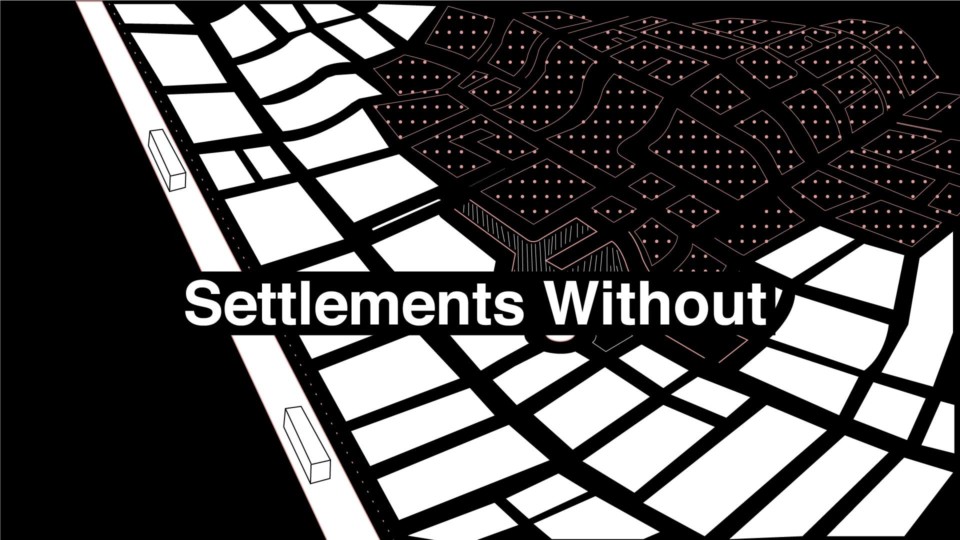Settlements Without
By 2050, 70% of the world’s population will live in urban areas.
Unfortunately, 3.5 billion people will likely live in informal settlements.
Settlements Without was a class at the MIT, Media Lab where we explored cost-efficient and lightweight infrastructure systems to serve the needs of an increasingly urbanized world. The class was guided by two fantastic instructors, Norman Foster, and Kent Larson.
The team
- Mingya Hsu, Chinese architect from Berkeley University, and a grad student at Harvard Design School.
- And me, Jairo Rodriguez, Colombian designer from George Washington University, and a grad student at MIT School of Engineering and Management.
Our focus
Informal settlements are rarely well connected. Without access and connectivity, there is no possibility to improve current conditions and bring prosperity to these areas. We worked on improving settlements mobility, and we choose Ciudad Bolivar in Bogota, Colombia.
To start, we asked our selves how can we improve mobility using emerging technology, materials, and design strategies to create high-performance autonomous communities? We wanted to come up with solutions that scale to serve the need of the different communities in Asia, Africa, and Latin America?
The scale and pace of urbanization calls for integrated, flexible, and dynamic solutions that preserve the vibrancy and social ties found in these communities.
Research areas
| Area density – population demographics, schools, centers, malls | Mobility services – different actors |
| Economy – business, industry | Mobility patterns – Bogota daily trips |
| Other mobility alternatives – bicycle path infrastructure | BRT stations location – demand, capacity |
Demographic and Infrastructure of Bogota, Colombia
Is one of the biggest cities in LAC with 7.2 million people. Every day, there are approximately 15 million trips. To support this, there is a big and complex operation that includes a wide range of transit services including informal transportation. Everyday people travel from dense areas in the outskirts of the city to the city center where most jobs and commercial activities are located. Around 40 percent of commutes are done with public transit in a combination of services (see Table 1). Studies also show a great correlation between income level and public transit. This indicates that lower income groups are the major user of public transit. Additionally, it shows shortest walking distance to where the closest public transit also suggested higher upward economy.
Table 1. Share of transportation usage in Bogota, Colombia
| BRT | 14% |
| Feeder | 1% |
| SiTP | 24% |
| Taxi | 5% |
| BiciTaxi | 0.2% |
| Share ride | 0.2% |
| Private Vehicle | 11% |
| Motorcycle | 6% |
| Cable Car | 0.1% |
| Bicycle | 4% |
| Walk | 31% |
Concept 1
One is a shuttle that transport people from Ciudad Bolivar to Bogota’s city center and back.
Shuttles start on one end of Ciudad bolivar in direction to Bogota’s city center. In the slam, they pick up people in designated stops and then they take the BRT designated lane. On BRT, they only stop few times before arriving to the city center where it has two more two more stops.
Concept 2
Human-powered, electro-assisted vehicles that transport people with in the slam. The human-powered, electro-assisted vehicles transport people with in the slam. They can be access it on the street and also be called on an app for people that have smart phones. These two services work independent and serve two different needs but also work harmony with in the slam and the rest of the city.














